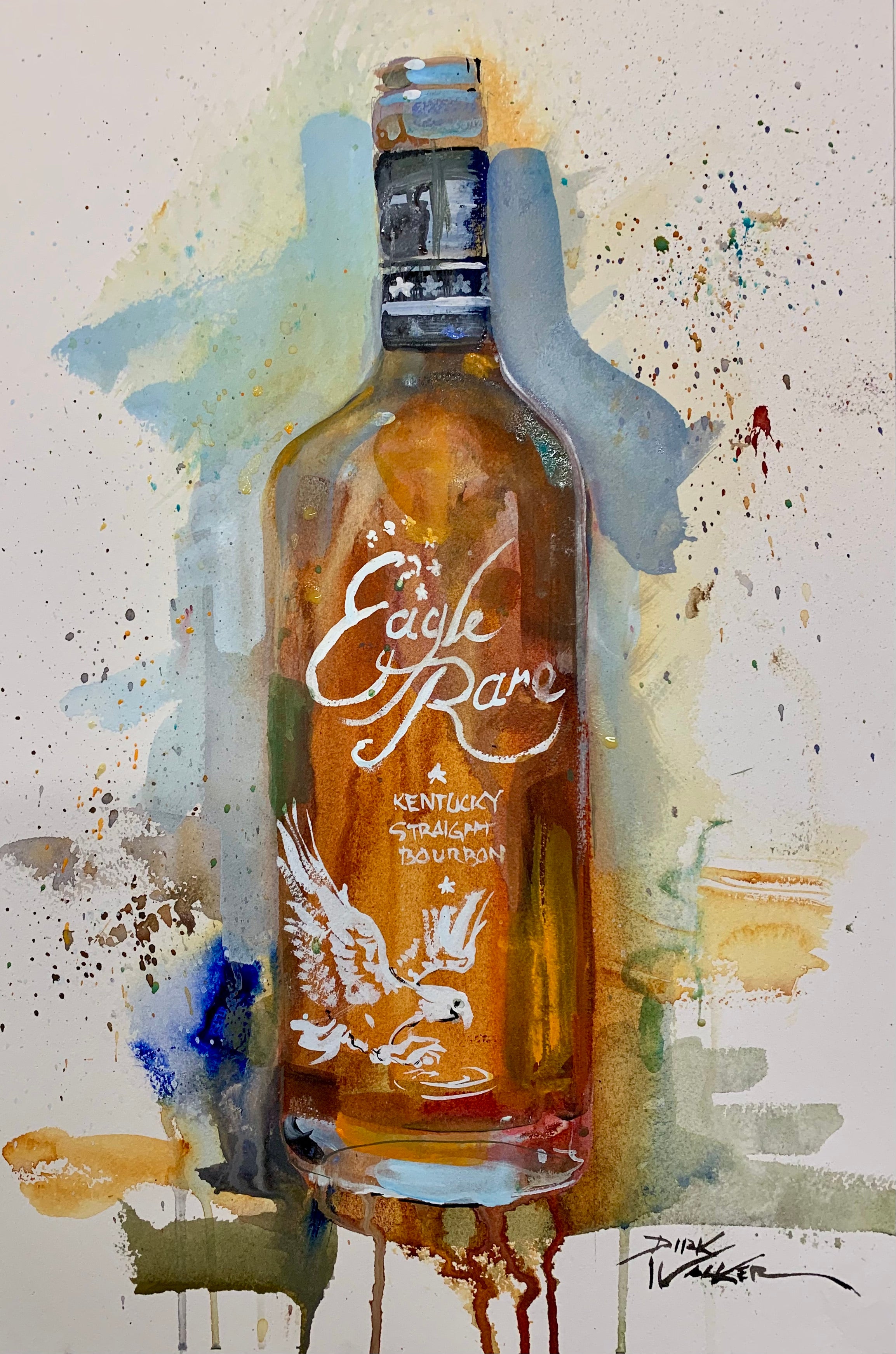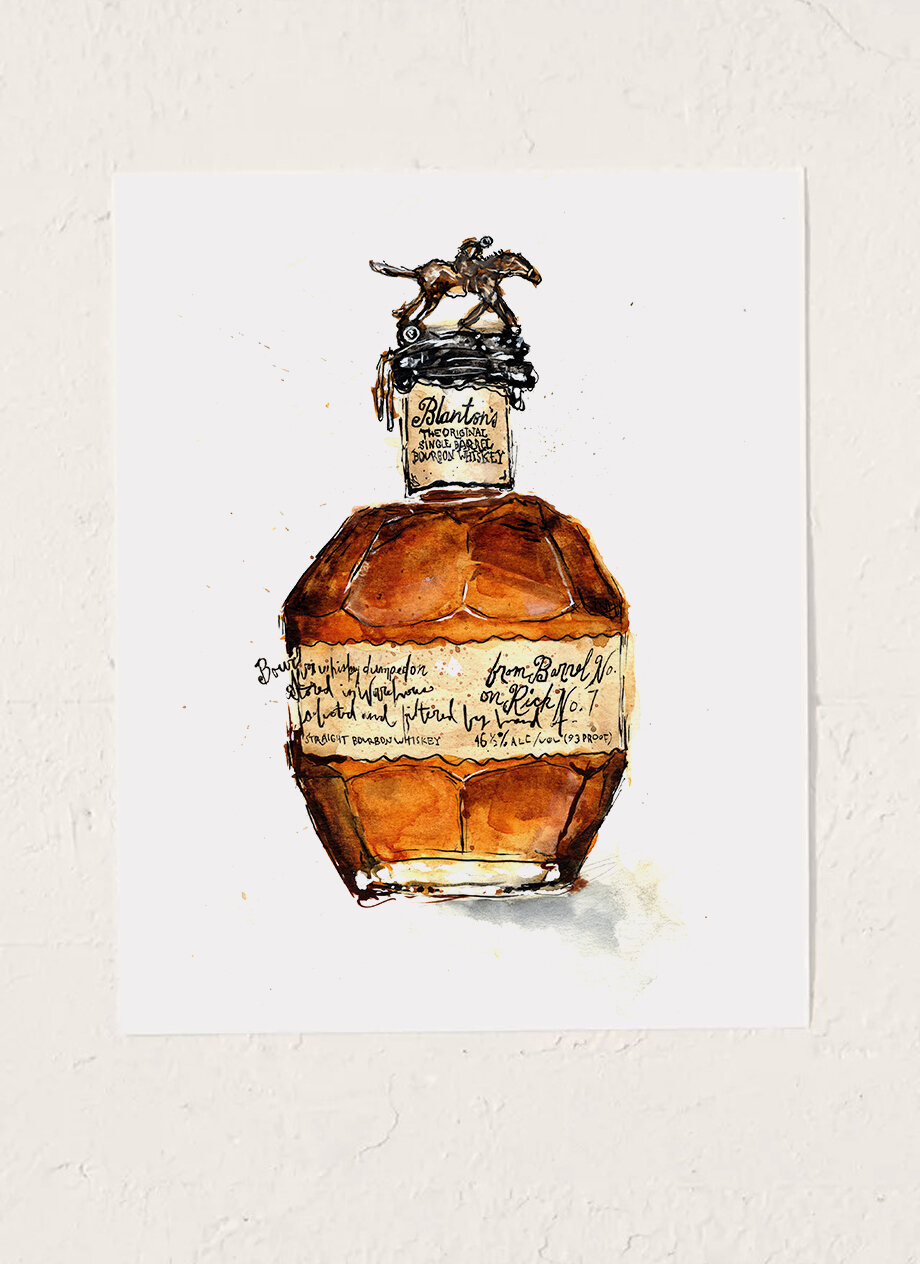Bourbon Art in Contemporary Society: Where Practice Fulfills Technology
Wiki Article
Catching the Significance of Whiskey Art Through Unique Visual Depictions and Designs
The art of bourbon prolongs beyond the fluid itself, showing up via a range of visual representations that encapsulate its storied heritage and craftsmanship. From the thorough design of labels that convey brand name narratives to evocative digital photography that records the spirit's allure, each creative expression serves to boost the customer's journey. As the industry welcomes modern fads, the dialogue bordering these depictions comes to be intricate and progressively abundant, meaning much deeper links between culture and creative thinking. What stays to be uncovered is exactly how these developing styles show not just the whiskey itself but also the changing landscape of creative interpretation.The Background of Whiskey Art

As whiskey manufacturing spread, so as well did the need to boost its experience via art. From the complex engravings on early casks to the elaborate tags of contemporary bottles, each element mirrors an unique creative vision, functioning as a visual story of the scotch's heritage.
In the 19th and 18th centuries, the surge of the industrial transformation better enhanced whiskey art, bring about ingenious product packaging and marketing that recorded customer attention. Developers and musicians started explore looks, imbuing whiskey-related imagery with symbolic meanings that shared concepts of tradition, craftsmanship, and community.
Today, scotch art remains to evolve, blending typical techniques with contemporary art forms. Limited Edition. This continuous dialogue in between the spirit and its graph emphasizes the long-lasting bond in between bourbon and society, improving the overall experience for enthusiasts worldwide
Iconic Container Layouts
While numerous elements add to the allure of bourbon, renowned bottle designs play an essential function in forming customer assumption and improving the total experience. The aesthetic presentation of bourbon bottles is not simply an aesthetic factor to consider; it acts as a bridge in between the product and the consumer, evoking feelings and establishing assumptions.Distinctive shapes, products, and closures can boost a bourbon brand name's identity, making it instantaneously well-known on congested shelves. The traditional Glenfiddich bottle, with its sophisticated conical silhouette, conveys a sense of practice and workmanship, while the strong, contemporary layout of the Balvenie container shows innovation and sophistication. Furthermore, using tinted glass or distinct appearances can suggest the high quality and personality of the scotch within.
Famous designs often integrate aspects of cultural heritage, representing the brand's background and link to its origins. Brands like Jack Daniel's make use of an uncomplicated, durable style that resonates with its American whiskey heritage. Eventually, the impact of bottle style expands past simple performance; it encapsulates the essence of the brand, inviting customers to discover and indulge in the rich tapestry of whiskey culture.
Label Artwork and Branding
Bottle designs commonly establish the stage of what consumers can anticipate, yet tag art work and branding play a just as significant duty in connecting a whiskey's identification. The label functions as the very first factor of call in between the customer and the item, encapsulating the essence of the bourbon within its aesthetic components.Reliable tag art work combines color, typography, and imagery to produce a story that reverberates with the brand name's heritage and target audience. As an example, a tag featuring intricate images and classic font styles may evoke a feeling of tradition and craftsmanship, appealing to aficionados. On the other hand, strong shades and modern-day style components might draw in a more youthful group looking for technology and exhilaration.


Photography and Visual Storytelling
Recording the essence of scotch via photography and aesthetic narration is an art type that elevates the brand experience. This tool transcends mere item representation, diving into the detailed narratives that border each bottle. By employing engaging images, photographers can stimulate feelings that reverberate with consumers, inevitably building a much deeper link to the scotch brand.Aesthetic storytelling in whiskey digital photography frequently uses abundant appearances, lighting, and make-up to highlight the unique features of the spirit. The interaction of light and shadow can emphasize the brownish-yellow shades of scotch, while the option of history components-- such as rustic barrels or sophisticated glass wares-- can enhance the brand name's heritage or way of living organizations.
In addition, capturing the ceremonial elements of scotch intake, from the pouring to the tasting, welcomes visitors right into a sensory experience, enabling them to picture the tastes and fragrances that wait for. Each photo not just showcases the item yet likewise tells a tale of craftsmanship, custom, and the moments that bourbon can boost - Whiskey Art. Therefore, digital photography becomes a powerful tool in verbalizing the identity of whiskey brands, positioning them within the broader cultural landscape
Arising Fads in Bourbon Art
The advancement of bourbon art is progressively shaped by contemporary trends that mirror wider societal changes and consumer choices. This change not only highlights the value of sustainability however additionally enhances the story bordering scotch manufacturing.In addition, digital art has risen in appeal, enabling innovative representations of scotch. Musicians are leveraging innovation to craft immersive experiences, such as increased reality installments that engage viewers and supply a deeper understanding of bourbon's cultural significance. This trend likewise prolongs to social networks systems, where visually striking material garners attention and fosters community amongst fanatics.
Moreover, cooperations in between scotch brands and musicians are coming to be extra commonplace. These collaborations produce limited-edition packaging styles and unique artworks that celebrate both the workmanship of bourbon and the creativity of musicians. As whiskey art continues to evolve, these emerging trends will undoubtedly form its future, cultivating a vibrant junction of society, sustainability, and innovation within the whiskey neighborhood.
Verdict
In conclusion, the art of bourbon includes a varied variety of visual depictions that show its abundant heritage and workmanship. From legendary container layouts and detailed label artwork to engaging photography, each aspect adds to a wider story that improves the consumer's experience. As emerging fads, such as electronic art and sustainability, continue to shape this creative landscape, the multifaceted identity of bourbon remains a sustaining source of cultural connection and expedition.

In conclusion, the art of bourbon incorporates a diverse selection of visual representations that mirror its abundant heritage and craftsmanship.
Report this wiki page